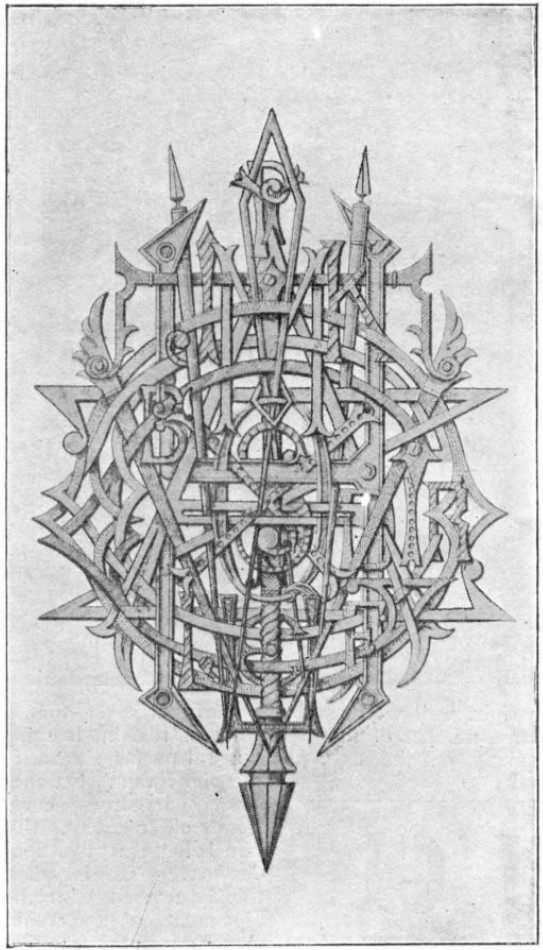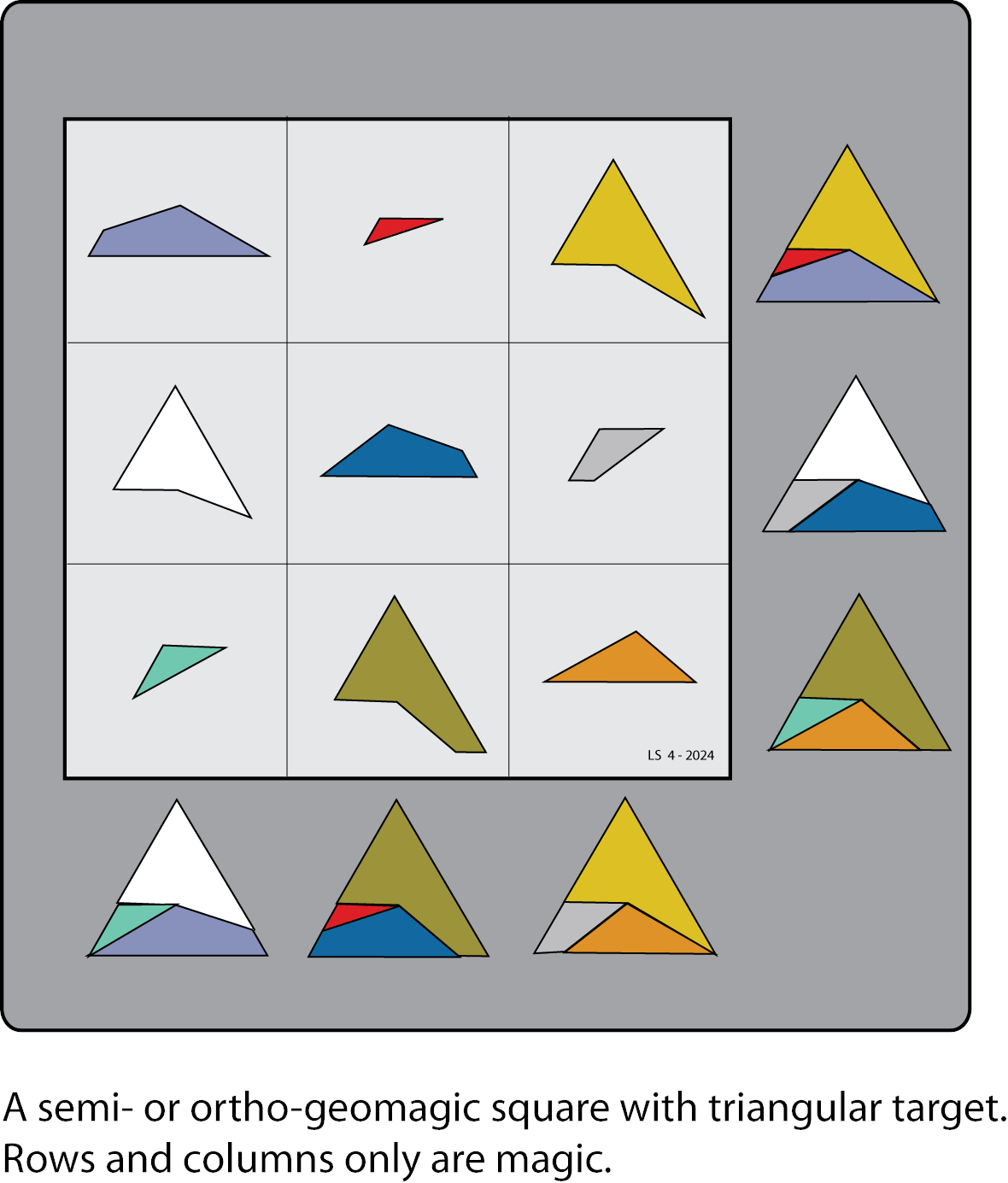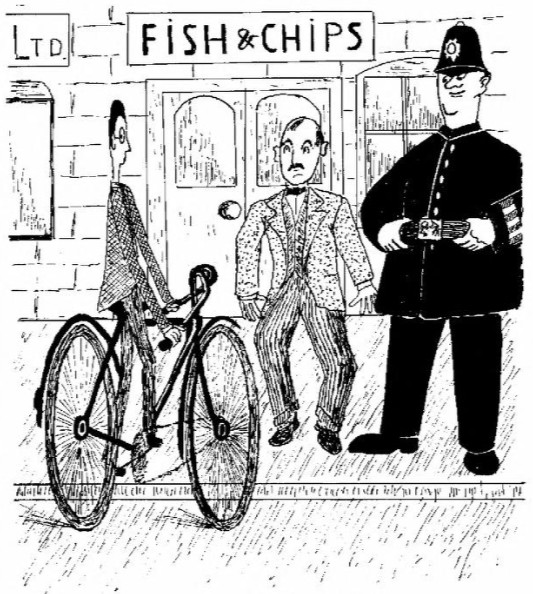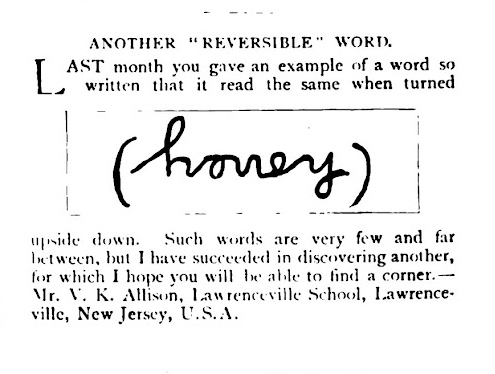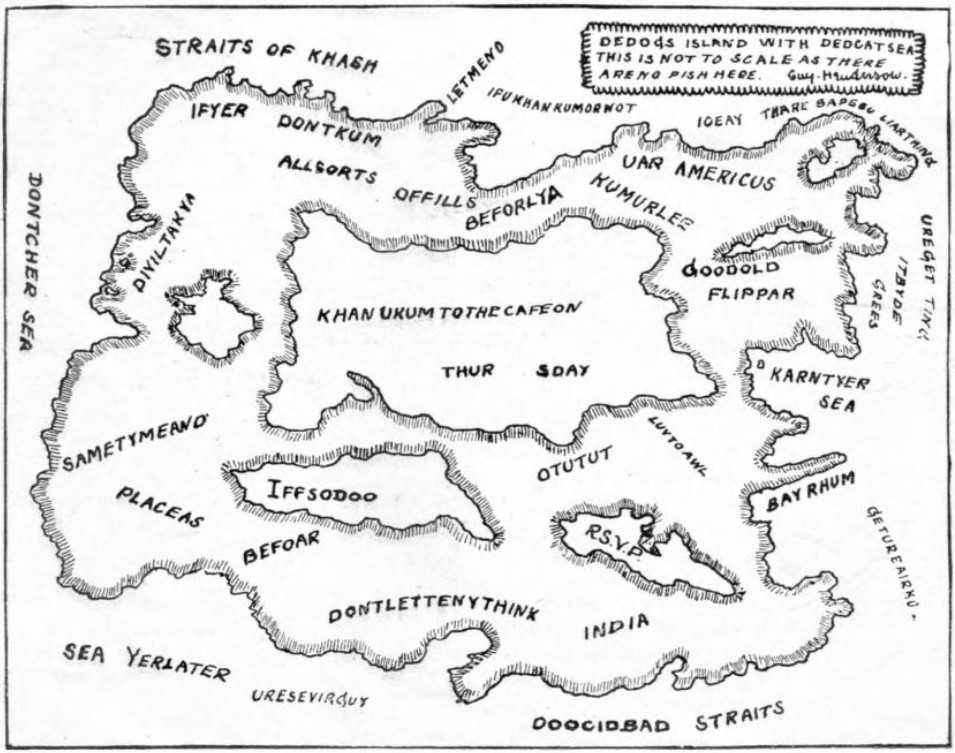In his later years Joseph Conrad became obsessed with the opening scene of an unwritten novel that he planned to set in an Eastern European state. “So vividly used he to describe this scene to me,” wrote his friend Richard Curle, “that at last it was as though I had been a witness to it myself”:
“In the courtyard of a royal palace, brilliantly lighted up as for a festival, soldiers are bivouacked in the snow. And inside the palace a fateful council is taking place and the destiny of the country is being decided.”
“I never learned anything more about this novel — I do not know how far Conrad had himself visualized the plot,” Curle wrote, “but as he pictured that opening scene one could almost feel the tension in the air and one almost seemed to be warming one’s hands with the soldiers around their blazing fire.”
(Richard Curle, The Last Twelve Years of Joseph Conrad, 1928.)

